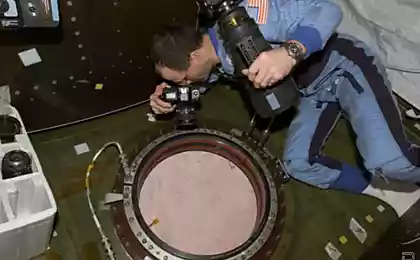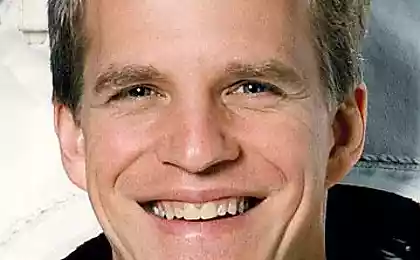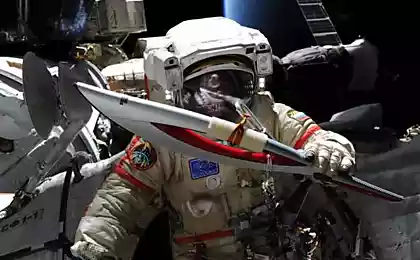589
Astronauts write Space pen

Everybody knows the good old anecdote about how NASA spent millions of dollars to develop a pen that could write in space, but this time Russian continued to use pencils. Anecdote sounds plausible, but it is not true.
First, NASA did not spend on the creation of the handle such huge amounts of money, as used in space a pencil, but when Paul Fisher invented the pen that could write in the depths of the ocean and outer space, NASA purchased 400 copies, the cost of each of which was $ 6.
Quite a long time, until the end of the 1960s of the last century, the US astronauts in space for records using felt-tip pens and mechanical pencils, and Soviet - oil pencils, but it is bad to perform their tasks. I come to the aid of Paul Fisher, offering his invention for free to those countries.
In his youth, Fisher went through a huge number of professions, working truck driver, mechanic, manufacturer and an accountant. In 1945 he set out to invest all the money in the Chicago company that produces a new product - a pen, but by holding development in hand, Paul refused to help traders, believing that the pen will flow. Later, the company earned $ 5 million in just the first three months of operation.

Fischer captured the idea of a perfect release handles and in 1948 he founded his own company Fisher Pen. Its first product was the Bullet Pen, which is a handle sleek chrome-plated, so-called "an icon of modern design handles." In the process of solving the problem of the current pen inventor went through about ten thousand variants. The first was a single rod for a variety of pens, which later brought Fisher his first million.
When in 1961 began the era of space travel, Paul Fisher realized that weightlessness man can not do without a handle, and then on his own initiative started to develop a writing instrument for astronauts. For successful delivery writing paste to the ball in weightlessness Paul invented a cartridge having a gas backwater and a special piston. This pen can write in any position, but still continued to flow. After three years of testing it has been replaced by paste a thixotropic gel. Its advantage is that upon rotation of the ball decreases the viscosity, gel is easily written on all types of surfaces, and stops the rotation when the ball - was thick. In 1966, Fisher filed a patent on the anti-gravity handle, and then sent the samples in NASA, where they have been tested and approved.

For NASA a small batch of 400 pens, called Fisher AG-7, has cost at $ 6 per copy, later they were used in the programs of Skylab and Apollo. In 1969, the Soviet Union acquired 100 of these pens and 1,000 bars for them, which were used by astronauts during the flight in the "Soyuz" and the station "Mir". Neither the first nor the second transaction is not brought Paul Fischer a special profit, but he was able to advertise their fine pens that can write in any environment, including space, which brought him great fame, worldwide recognition and wealth. At the present time to buy a pen can be anyone.
This article was prepared edited site www.faktnlo.rf
blockquote>
via factroom.ru
The prototype of the "Ring" Tolkien was the ancient Roman ring with a curse
Your sense of taste may change completely
























